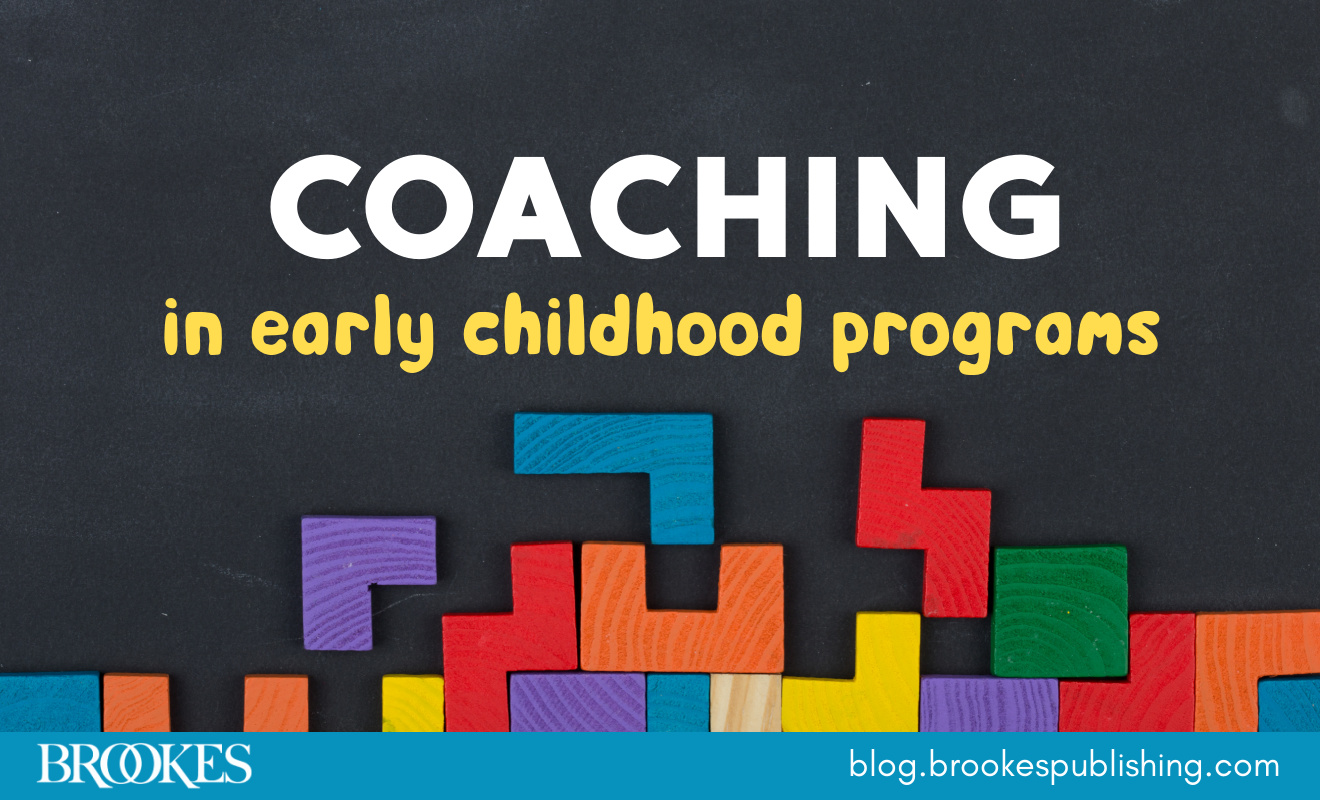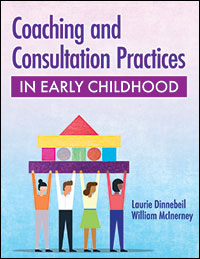6 Ps of Coaching in Early Childhood
October 13, 2022
If you work in an early childhood setting, has your program incorporated coaching yet? Growing in popularity, coaching is a powerful strategy for enhancing the skills of early childhood practitioners and ensuring high-quality learning experiences for all young children, with and without disabilities. Coaching not only helps address any current concerns or goals, but also helps practitioners prevent and manage similar problems in the future.
 Laurie A. Dinnebeil and William F. McInerny, two experts on early childhood intervention and special education, just published a great new book on coaching called Coaching and Consultation Practices in Early Childhood. This guidebook takes early childhood professionals through the whole process of creating, maintaining, and evaluating a successful coaching relationship—and today’s post gives you a brief inside look at some of the ground rules the authors establish for effective coaching. Excerpted and adapted from the book, this post highlights the 6 Ps of Coaching in Early Childhood: recommendations for personal and professional demeanor that underpin a successful coaching relationship.
Laurie A. Dinnebeil and William F. McInerny, two experts on early childhood intervention and special education, just published a great new book on coaching called Coaching and Consultation Practices in Early Childhood. This guidebook takes early childhood professionals through the whole process of creating, maintaining, and evaluating a successful coaching relationship—and today’s post gives you a brief inside look at some of the ground rules the authors establish for effective coaching. Excerpted and adapted from the book, this post highlights the 6 Ps of Coaching in Early Childhood: recommendations for personal and professional demeanor that underpin a successful coaching relationship.
Keep these handy if you’re just starting out with coaching, and check out the book for more in-depth guidance.
P = Preparation: Effective coaches prepare for coaching interactions by reviewing progress to date, securing appropriate supporting materials/resources, anticipating partners’ needs, and so forth. Effective coaches arrive at coaching sessions prepared to address the agreed-on content or objectives for the session.
P = Punctuality: Effective coaches arrive for coaching sessions or observations, as scheduled. Coaches arrive to the child care program, preschool program, or family home on time, or they alert their partners well in advance of any necessary changes in plans. Effective coaches do not develop a reputation for being late, leaving early, or missing or canceling coaching appointments.
P = Presence: Effective coaches are engaged in the moment. When they are in a coaching session or appointment, they offer their undivided attention to their partner. They do not interrupt conversations and modeling with cell phone calls, text messaging, or other distractions that signal a lack of respect for the coaching partner.
P= Predictability: Effective coaches develop a reputation for planning, providing valuable insights and supports, and delivering resources and materials to coaching partners, as promised.
P= Patience: Effective coaches provide support to coaching partners through a variety of platforms and content with the sole objective of providing support in a form or format that is user friendly and a good fit for the coaching partner.
P = Performance: Effective coaches evidence concerns about the efficacy of their coaching efforts. They reflect on their coaching practices and seek guidance about the effectiveness of the coaching relationship from the perspective of their partner. They advocate for professional development opportunities that are specific to coaching skills and the coaching process.
Interested in using coaching and consultation methods to support inclusion and improve outcomes for all children from birth to five? The book below is a complete guide to using professional collaboration to enhance your program.




Write a Comment
Your email address will not be published. Required fields are marked *
Post a Comment